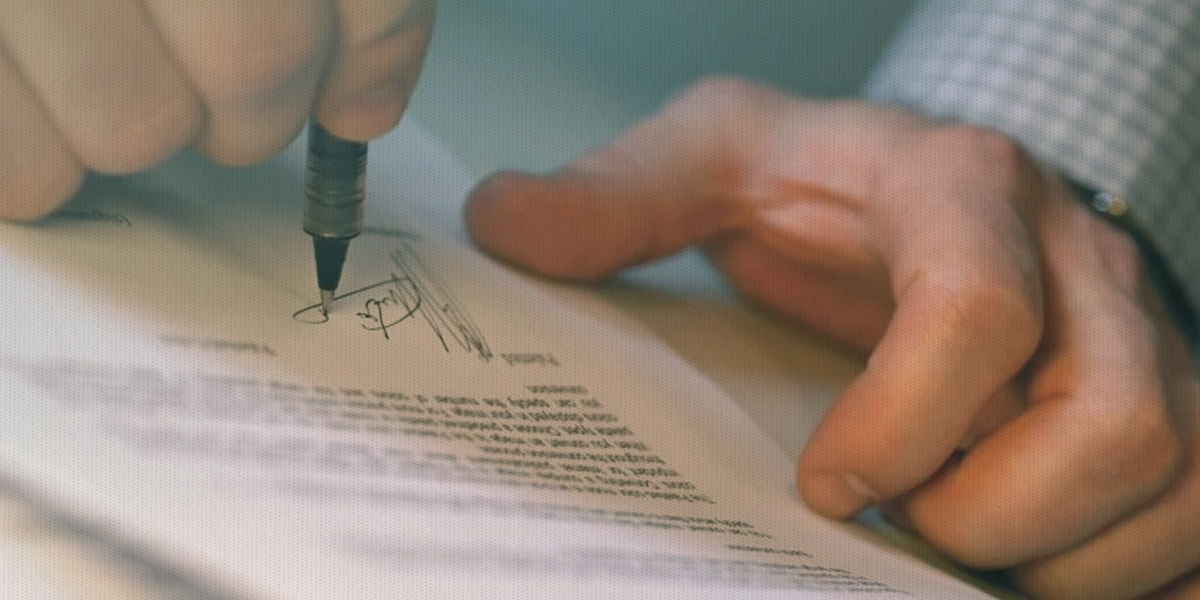
When filing Form I-751, Petition to Remove Conditions on Residence, proving that your marriage is genuine is crucial. Conditional green card holders use the form to request the removal of conditions on their residence, effectively granting them permanent resident status. The U.S. Citizenship and Immigration Services (USCIS) requires substantial evidence to ensure that your marriage was not entered into for the sole purpose of obtaining immigration benefits. Understanding what constitutes a good faith marriage and how to prove it can significantly influence the outcome of your petition.
Understanding Good Faith Marriage
A good faith marriage is one where both partners entered into the relationship with genuine intent. In legal terms, the marriage must be "bona fide." USCIS is wary of marriages of convenience, where the primary objective is to secure immigration benefits. This may be referred to as a sham marriage or green card fraud. Demonstrating the authenticity of your marriage involves providing various types of evidence that collectively paint a picture of your shared life.
The Importance of Proving You Have a Geniune Marriage
The burden of proving a bona fide, good faith marriage is on the petitioners. As the petitioners, it’s up to you to submit evidence of your mutual intent to establish a life together at the time of the marriage. There are severe consequences if USCIS determines that the marriage was entered into for the purposes of circumventing immigration laws. A finding of fraud will likely bar the approval of subsequent petitions and have un-waivable immigration consequences far into the future.
You can overcome this by filing a well-prepared Form I-751, Petition to Remove Conditions on Residence, along with convincing supporting documentation. Both spouses should submit this joint petition in the 90-day period before the conditional resident's 2-year green card expires. There is a waiver option for conditional residents who cannot file jointly.
Types of Evidence for Proving Good Faith Marriage
To convince USCIS of the authenticity of your marriage, you need to provide strong and diverse evidence. The following types of documents and testimonials can help illustrate the genuine nature of your relationship. By presenting comprehensive proof, you can build a compelling case that your marriage is based on love and mutual commitment rather than solely for immigration benefits.
Joint Financial Documents
Financial interdependence is a strong indicator of a genuine marriage. Joint financial documents show that you and your spouse have integrated your finances and are managing your household together. To carry weight, these documents should include both spouses' names. Key documents include:
- Bank Statements: Joint bank accounts with regular transactions show shared financial responsibilities.
- Credit Card Statements: Having both names on credit cards and sharing expenses helps demonstrate financial interdependence.
- Mortgage or Lease Agreements: Documents listing both spouses as tenants or owners indicate a shared residence and financial commitment.
- Tax Returns: Jointly filed tax returns are compelling evidence of a bona fide marriage. They show that you represent yourselves as a married couple to the government.
Proof of Shared Residence
Living together is a fundamental aspect of a genuine marriage. Documents that confirm a shared residence include:
- Utility Bills: Bills for electricity, water, internet, and other utilities should ideally have both names.
- Insurance Policies: Health, car, and home insurance policies listing both spouses indicate shared responsibilities and benefits.
- Mail: Letters and packages addressed to both of you at the same address help corroborate your shared living situation.
Birth Certificates of Children
If you have children together, their birth certificates are powerful evidence of a good faith marriage.
- Children’s Documents: Provide birth certificates, school records, and medical records. These documents not only show a shared commitment but also a lasting bond.
Social Media, Photographs, and Correspondence
Your social media activity can offer a perspective inside of your relationship. Visual and written documentation of your relationship over time helps illustrate its development and depth.
- Posts and Comments: Screenshots of posts and interactions on platforms like Facebook, Instagram, or Twitter can show public acknowledgment of your relationship. Be selective and ensure the content is appropriate.
- Emails/Text Messages: Regular communication, especially when you were apart, demonstrates ongoing contact and emotional connection. Print and organize relevant exchanges to present to USCIS.
- Photos: Include pictures from various occasions, such as holidays, family gatherings, and vacations. Ensure the photos span different periods, showing the progression of your relationship.
Travel Records
Traveling together for vacations or family visits can also serve as evidence of a shared life.
- Tickets and Itineraries: Provide copies of tickets, hotel bookings, and itineraries. Photos from these trips add further credibility.
Affidavits from Friends and Family
Statements from people who know you well can support your claim of a genuine marriage. These affidavits, also known as letters of support, should be detailed and specific, providing firsthand accounts of your relationship.
- Affidavits: Friends and family can describe their observations of your relationship, such as how you met, your wedding, and interactions as a couple. These affidavits should be notarized and include the writer’s contact information.
Adddressing the Red Flags
Certain factors can raise suspicions about the validity of your marriage. Being aware of these red flags can help you address potential concerns proactively.
Large Disparity of Age
Significant age differences can prompt additional scrutiny. Provide ample evidence and context to show the genuineness of your relationship.
Inability of Petitioner and Beneficiary to Speak Each Other’s Language
If you and your spouse cannot communicate in a common language, explain how you overcome language barriers and provide evidence.
Vast Difference in Cultural and Ethnic Background
Highlight how you navigate cultural differences and provide evidence of mutual respect and integration into each other’s cultures.
Family and/or Friends Unaware of the Marriage
Submit affidavits from family and friends who can attest to their knowledge and support of your relationship.
Marriage Arranged by a Third Party
Provide detailed information about the circumstances of your marriage and include evidence of a genuine relationship.
Marriage Proposal Immediately Following the Beneficiary’s Apprehension or Deportation Orders
Explain the timing and provide evidence of a pre-existing relationship or other valid reasons for the marriage.
Discrepancies in Statements on Questions for Which Two Spouses Should Have Common Knowledge
Practice answering questions with your spouse to ensure consistency and accuracy in your responses.
No Cohabitation Since Marriage (Although There Can Be Valid Reasons)
If not living together, provide valid reasons and supporting documentation, such as work assignments or family obligations.
Beneficiary is a Friend of the Family
Provide detailed evidence of the relationship’s development and additional proof of its authenticity.
Petitioner Has Filed Previous Petitions on Behalf of Immigrants, Especially Prior Spouses
Explain the circumstances and provide evidence that each relationship was genuine.
Understanding these red flags allows you to better prepare your petition package and interview responses. Provide thorough explanations and supporting documents to address any potential concerns. By being proactive, you can strengthen your case and demonstrate the authenticity of your marriage.
Proving a good faith marriage when filing Form I-751 is essential for removing the conditions on your residence. Carefully collecting and organizing your evidence can make a significant difference in the success of your petition. Joint financial documents, proof of shared residence, affidavits from family and friends, photographs, and correspondence all contribute to a strong case. Additionally, being prepared for a potential interview by reviewing your evidence and practicing answers to common questions can help ensure a positive outcome.
For more detailed guidance and resources, continue reading CitizenPath’s comprehensive support articles and take advantage of the Removal of Conditions Petition Package to prepare your petition. Successfully proving your marriage is genuine not only helps in your immigration journey but also strengthens the foundation of your life together in the United States.
About CitizenPath
CitizenPath provides simple, affordable, step-by-step guidance through USCIS immigration applications. Individuals, attorneys and non-profits use the service on desktop or mobile device to prepare immigration forms accurately, avoiding costly delays. CitizenPath allows users to try the service for free and provides a 100% money-back guarantee that USCIS will approve the application or petition. We provide support for the Removal of Conditions Petition Package (Form I-751), Naturalization Application Package (Form N-400), and several other immigration services.
Want more immigration tips and how-to information for your family?
Sign up for CitizenPath’s FREE immigration newsletter and
SAVE 10%
on our immigration services






